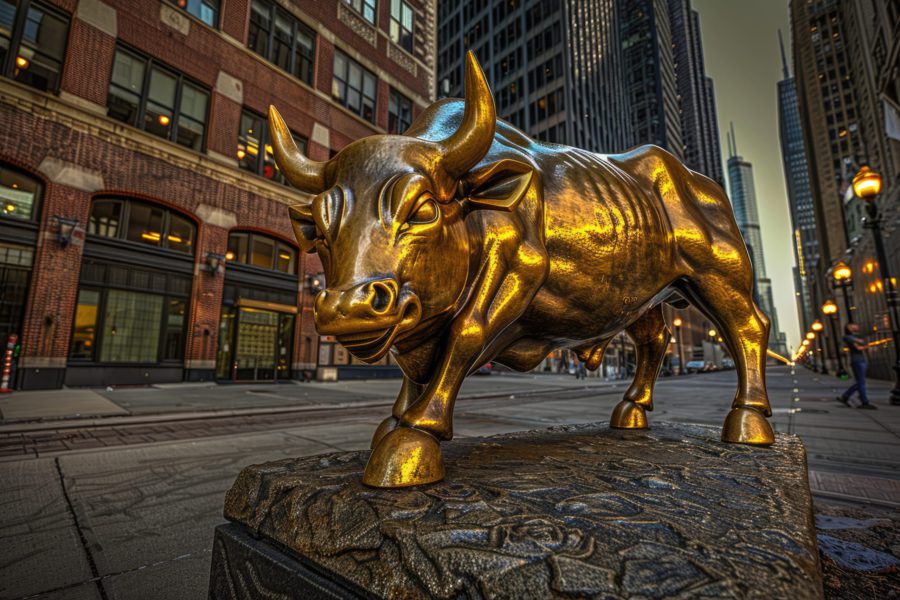Researchers say market manipulation is destroying traditional safe havens

The University of Sussex Business School released an analysis stating that widespread market turmoil caused by the covid-19 pandemic means regulators have so much on their plates right now that large-scale manipulation of the markets remains below their radar.
In the view of the researchers behind the study, this is the reason why prices of safe-haven assets such as gold and bitcoin are not surging.
By tracking trades on the markets in recent months, a team at the University’s CryptoMarketRisk project noticed huge sell orders on gold futures, massive pump and dump on copper futures and large spoofing orders on key crypto exchanges.
During March and April 2020, the correlation between the S&P 500 index and gold was plus 20%. In September 2008, it was minus 40%
They say that some single trades on COMEX have been so large as to move prices, which is a clear contravention of US laws on market abuse.
“As funds flow out of equities, one would expect demand for gold and bitcoin to increase. But this time around, safe havens have behaved completely differently. Gold and bitcoin have fallen at the same time as US equities,” Carol Alexander, a professor at the Business School, said. “As the S&P 500 crashed in March 2020, gold had its worst week in eight years when it should have been its best, because of massive shorts on COMEX gold futures. Bitcoin has also been driven down by some pretty obvious manipulation bots on the unregulated crypto derivatives exchanges, especially BitMEX.”
According to Alexander, the world is witnessing financial market manipulations on a scale and frequency that have rarely been seen before.
“The lack of integrity by a few powerful market players is causing a major financial market melt-down from which the current form of our global economy may never recover.” the professor said.
Alexander and her team first noticed the irregular behaviour when comparing the current situation to the 2008 financial crisis. Back then, the Lehman Brothers’ collapse resulted in the correlations between the S&P 500 index and gold, or the Swiss Franc, or US Treasuries to be all around minus 40%. During March and April 2020, however, the correlation between the S&P 500 index and gold was plus 20%.
When it comes to the bitcoin/US dollar rate, as the S&P 500 index plummeted in early March 2020 so did bitcoin, which is unusual for this cryptocurrency whose behaviour has regularly been completely uncorrelated with any traditional asset.
“Their correlation was plus 63% then, and it remains unsettlingly high at 40%,” the financial expert said.
More News
Fund manager takes new look at platinum stocks as EV sales slow
Coronation, South Africa’s third-biggest private fund manager, is buying stocks in beaten-down platinum miners.
March 17, 2025 | 11:01 am
Congo president meets US lawmaker amid talk of minerals deal
A presidential statement described Ronny Jackson as a "special envoy" for US President Donald Trump.
March 17, 2025 | 10:34 am
Banks that saw $3,000 gold coming are staying bullish for now
Bank of America, Citigroup and Macquarie Group have all been vocal cheerleaders for gold during its breakneck rally.
March 17, 2025 | 09:51 am
{{ commodity.name }}
{{ post.title }}
{{ post.excerpt }}
{{ post.date }}




Comments